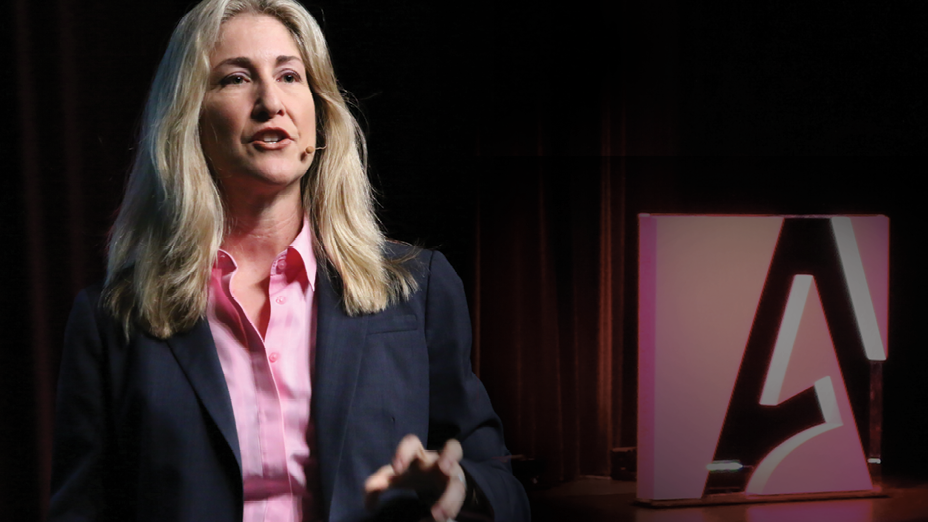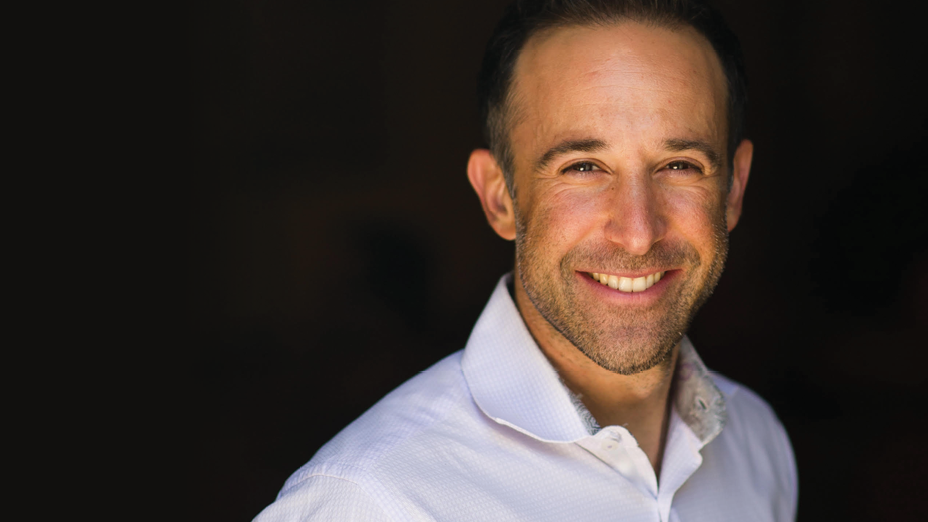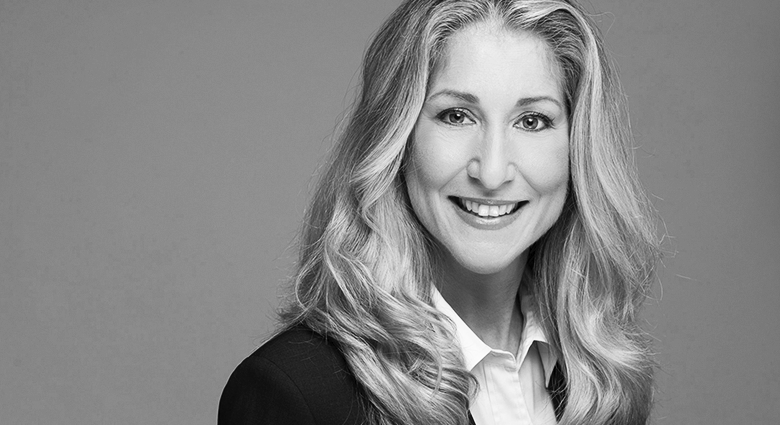It’s not just the strategy – nor even the execution – that produces business growth. It is also the choreography—or in other words plotting a series of powerful and unusual growth strategies – and then executing them in the right order.
Consider Jessica Alba’s The Honest Company. The online retailer began with just 17 environmentally friendly household cleaning products. Yet just five years later, The Honest Company had a market valuation of more than $1 billion and hinted at its first public sale of stock. How had it managed the kind of success and explosive growth traditionally associated only with high tech companies?
The Honest Company achieved it with dance: not just one strategic move but a breathtaking series of moves in a very short time, and executed in the right sequence so that the company never lost its all-critical momentum.
Every dance needs structured choreography. The choreographer needs to plan where on the stage the dance should move, the choice of workable steps, and then the order in which those steps get executed. At The Honest Company, Alba is the movie star spokesperson and co-founder Brian Lee and CEO Nick Vlahos are the choreographers who are directing every move the company makes in response to one rapid shift after another with a definitive structure. The Honest Company mastered this structure with three formal elements:
- Context – The current social and economic conditions, existing product portfolio, competitive landscape, and corporate culture.
- Combination – The act of selecting key actions that can positively influence actions when done together.
- Sequence – The act of establishing a priority, order and timing to those actions.
For her context, Alba, in dealing with her own family’s needs, had in fact identified an emerging – and huge -- new market. Consumer attitudes were changing everywhere in the world regarding the purity of household products. The big consumer companies were beginning to notice – but only a start-up like The Honest Company was willing to risk going all the way in and committing the company wholly to natural products. A timely move considering that a recent report by market watcher The Nielsen Company found that “Forty-two percent of global respondents say they’re willing to pay a premium for products made with organic or all-natural ingredients.” How big of a global market? $60 billion is the most recent estimate. That’s a lot of undeveloped demand. Alba didn’t just launch a strategy but selected the right one by understanding the marketplace first.
For her combination, The Honest Company made a breathtaking series of moves instead of just one—all in only half a decade. With its initial focus on diapers, infant formulas and baby cleaning products it quickly expanded its sales to its initial group of prosperous and demanding mothers (customer base penetration). Then it added a subscription program for diapers and wipes (product expansion). Meanwhile, it took the unlikely path of selling its products solely on-line and making major donations to charities from Day One (unconventional strategies). Then it reversed direction and added off-line retailing through CVS, Whole Foods and other chains (customer base penetration). It moved into women’s beauty products (more customer base penetration). And finally, began to sell to rest of the world (market acceleration).
And last but not least, The Honest Company mastered sequence. They executed this series of powerful and unusual growth strategies in the right order.
Any company can master the dance that led The Honest Company to deliver showstopper growth performance. If you execute these three moves (context, combination, and sequence) properly in support of the right growth path, they harmonize to execute an intricate dance that can lead to considerable success that can last for years. Then, as your revenues and profits begun to level out, you choose a new, congruent growth path and apply the proper context, combination and sequence again. In this way you can join those few great companies that have navigated from path to path over generations of profitability and always have a next act.




.png)




What Did You Think?